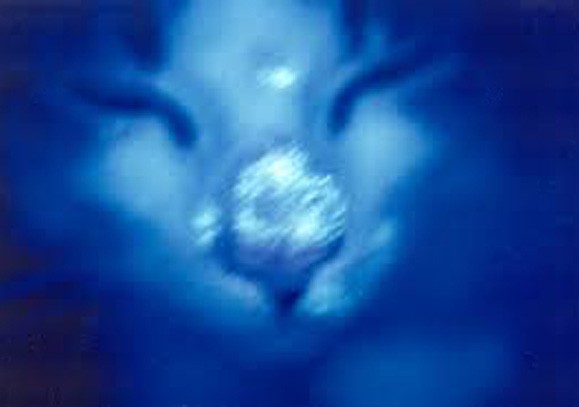
Cats, particularly long-haired varieties, can be carriers of ringworm but show no clinical signs at all.
Diagnosis in the absence of skin lesions is made by either Wood’s lamp over the entire body (only 50-60% of positives will fluoresce), or by taking coat brushings and incubating the hairs, follicles and debris in a dermatophyte test medium (DTM).
Once a cat is diagnosed as a carrier, treatment is the same as for those with lesions: oral itraconazole.
Even after consecutive negative results, the cat should always be considered a carrier, as it’s so difficult to eradicate ringworm from the environment. Treatment is still considered worthwhile, however, and effective cleaning will reduce/prevent further outbreaks.

Leave a Reply